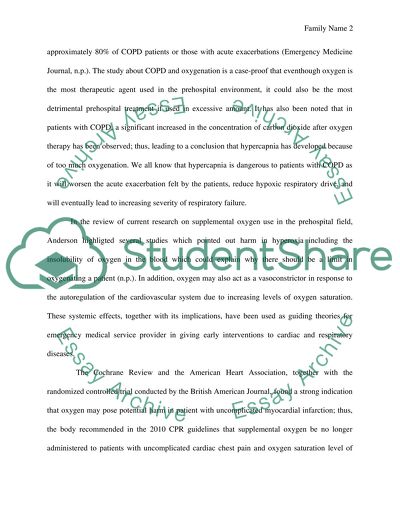Cite this document
(“Over oxygenation in EMS (Emergency Medical Services) Research Paper”, n.d.)
Retrieved from https://studentshare.org/health-sciences-medicine/1476699-over-oxygenation-in-ems-emergency-medical-services
Retrieved from https://studentshare.org/health-sciences-medicine/1476699-over-oxygenation-in-ems-emergency-medical-services
(Over Oxygenation in EMS (Emergency Medical Services) Research Paper)
https://studentshare.org/health-sciences-medicine/1476699-over-oxygenation-in-ems-emergency-medical-services.
https://studentshare.org/health-sciences-medicine/1476699-over-oxygenation-in-ems-emergency-medical-services.
“Over Oxygenation in EMS (Emergency Medical Services) Research Paper”, n.d. https://studentshare.org/health-sciences-medicine/1476699-over-oxygenation-in-ems-emergency-medical-services.


